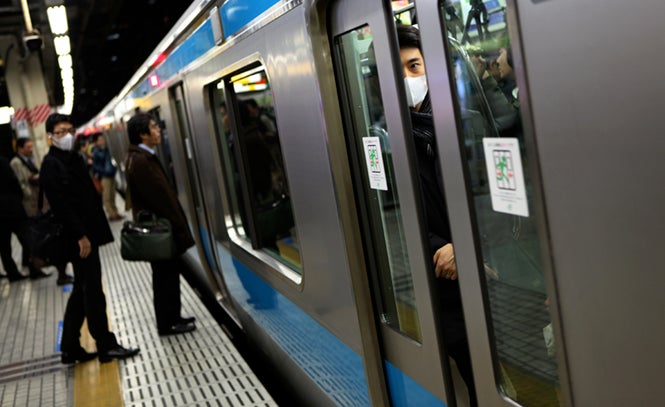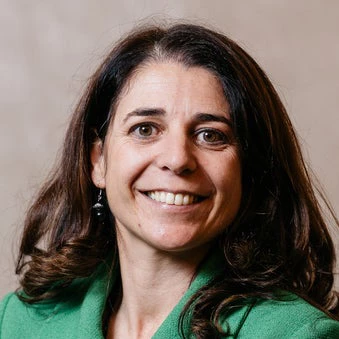
Of course, these risks are not exclusive to Latin America. Considered one of the most earthquake-prone countries in the world, Japan has developed unparalleled experience in seismic resilience. The transport sector has been an integral part of the way the country manages earthquake risk— which makes perfect sense when you consider the potential consequences of a seismic event on transport infrastructure, operations, and passenger safety.
Starting from 1992, the introduction of an early warning system based on seismic waves was a major breakthrough in terms of safety: when an accelerometer detected seismic waves, Japanese trains stopped progressively to reduce the possibility of derailment.
Following the 1995 Great Hanshin Earthquake—which caused more than 5,000 fatalities and damaged 110,000 buildings—the country set out to revise its seismic codes and implement even stricter safety standards, including by adapting and retrofitting transport systems.
As a result of these measures, when the Mw 9.0 Great East Japan Earthquake struck in 2011, most of the damage suffered by the railways was due to the subsequent tsunami rather than the seismic tremor.
In Japan, the revision of seismic legislation has been a decisive factor in enhancing transport resilience. These reforms, along with other aspects of the Japanese experience, illustrate the importance of incorporating resilience into the planning, design, and operation of rail and metro systems. It is also important to note that the country has spent far less money on rail resilience that it would have lost if the system had been left unprotected—showing once again that investing in resilience is not just the right thing to do, but also a sensible economic decision that can provide a significant return on investment.
To give other countries the opportunity to learn from Japan’s expertise, the World Bank organized a knowledge exchange workshop on seismic resilience and underground metro structures that brought together Japanese experts and representatives from Ecuador and Peru, two countries that are currently building their first underground metro lines.

An interesting topic that emerged during the workshop was the benefit of establishing specific seismic norms for underground structures. Japan is definitely a pioneer in the field, and has been able to prevent significant damage and fatalities by extensively studying its tectonic plates and monitoring seismic waves. Peru is now considering the adoption of a similar approach, especially after witnessing with tragic consequences of the recent earthquakes in Mexico.
Despite the differences in existing seismic norms, the event made it clear that all countries share the same goal: saving lives and minimizing damage. Does this mean we should aim for more uniformity in seismic legislation, or even a single international norm?
In any case, bringing experts, practitioners, and policymakers around the same table is crucial, and serves as the first step toward the creation of a global community of practice that can truly enhance the safety of public infrastructure and services. That’s why the World Bank is determined to continue facilitating exchanges between experts, clients, and project stakeholders, and to mainstream disaster resilience across all transport modes.
The Knowledge Exchange Workshop on Seismic Resilience and Underground Metro Structures was hosted by the World Bank’s Lima Office and Tokyo Disaster Risk Management Hub on July 18-19, 2017. The event received the invaluable support of the Japan – World Bank Program for Mainstreaming Disaster Risk Management in Developing Countries, a single donor trust fund administered by the Global Facility for Disaster Reduction and Recovery. Participants included representatives from the Embassy of Japan, the Japan Railways Technical Research Institute, Nippon Koei, Nippon Civic Consulting Engineers, the Lima Metro Line 2 implementation team (including AATE, OSITRAN, Line 2 Supervisor Consortium), the Quito Metro Line 1 project team, the Pontifical Catholic University of Peru, the Geophysical Institute of Peru and the Peruvian-Japanese Centre of Seismic Investigation and Disasters Mitigation (CISMID).





Join the Conversation